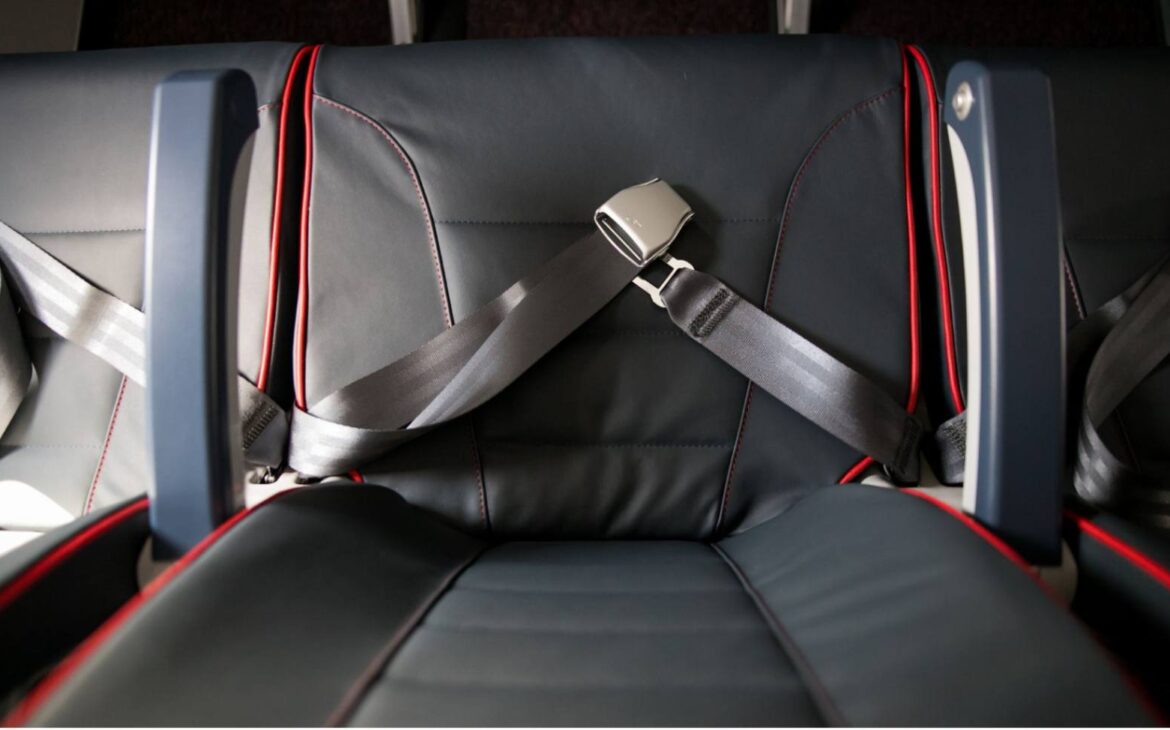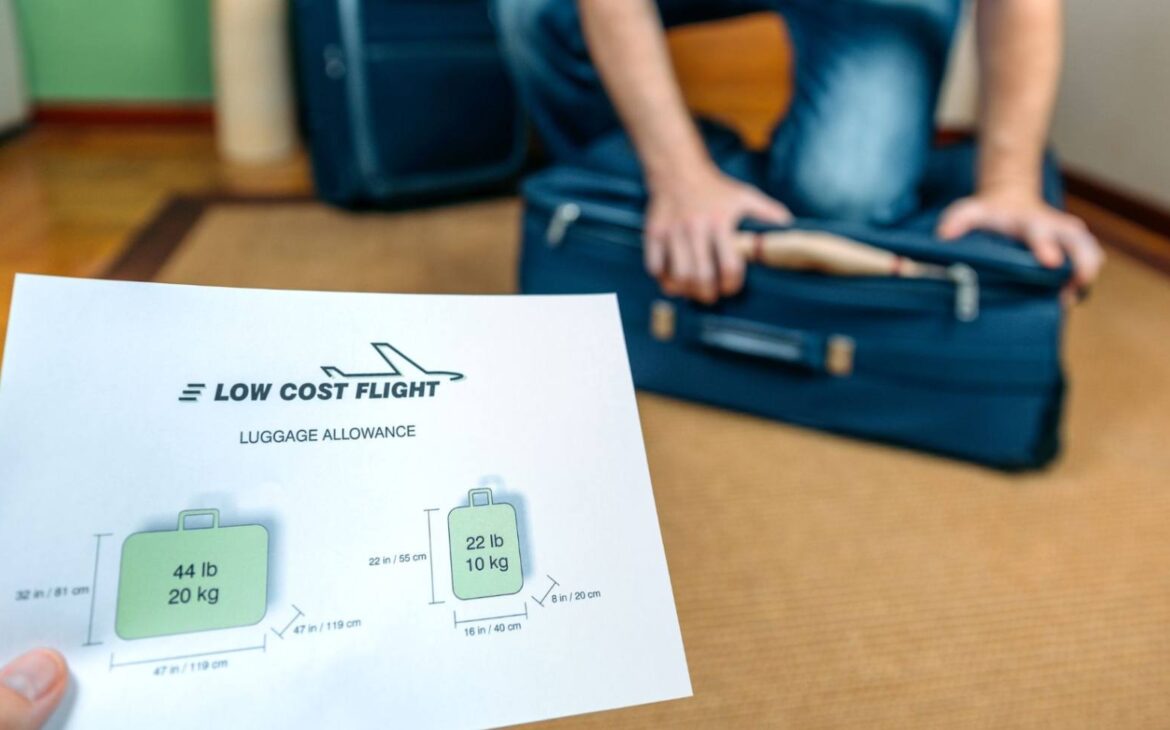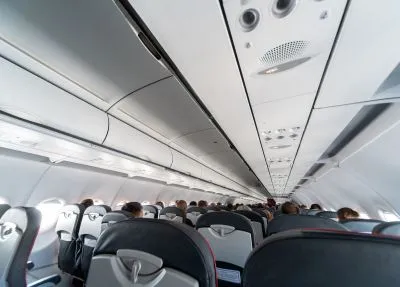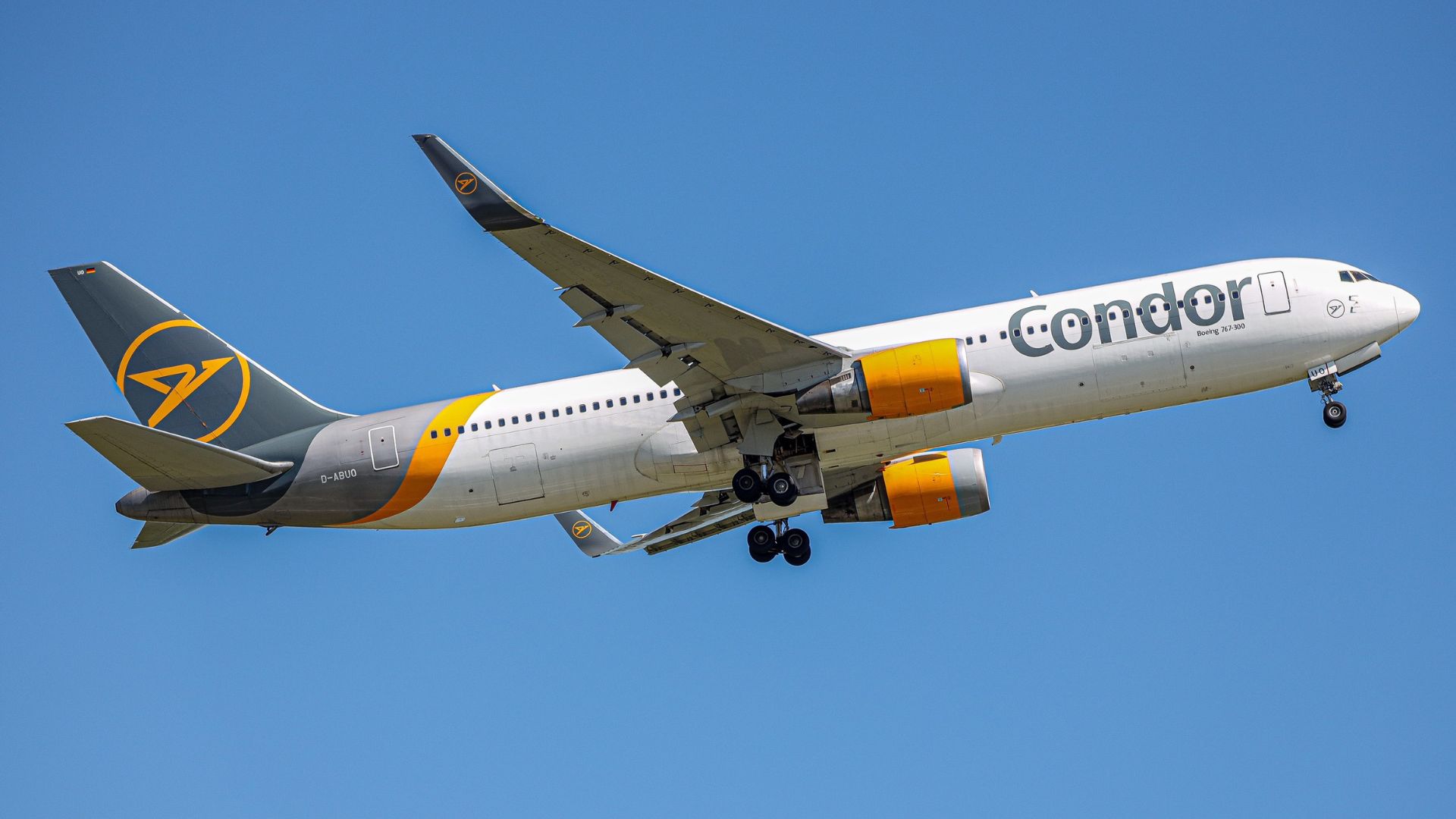In the realm of travel, few innovations have revolutionized the industry as profoundly as the emergence of low-cost airlines. Offering budget-friendly fares and simplified services, these carriers have democratized air travel, allowing millions to explore the world without breaking the bank.
From budget-conscious backpackers to business travelers seeking value, low cost airlines have become the go-to choice for many. In this blog post, we delve into the world of Low Cost airlines, exploring their history, impact, and tips for making the most of this affordable travel option.
In this blog post, Travelivibess, Cover Unveiling the World of Low Cost Airlines: Affordable Travel for the Modern Explorer
I. The Rise of Low Cost Airlines
The concept of low-cost airlines traces back to the 1970s when the American carrier Southwest Airlines pioneered the model of operating short-haul flights at lower costs by employing various strategies such as flying point-to-point routes, using a single aircraft type, and offering no-frills service. This approach proved successful, sparking a wave of imitators and leading to the birth of numerous low-cost carriers around the world.
In Europe, the late 20th and early 21st centuries saw the rapid expansion of low cost airlines such as Ryanair, EasyJet, and Norwegian Air Shuttle. These carriers disrupted the traditional airline industry by offering significantly lower fares compared to legacy carriers while still maintaining safety standards and reliability.
II. Benefits of Low Cost Airlines

1. Affordability: Perhaps the most obvious benefit of low cost airlines is their affordability. By operating with a lean cost structure and focusing on efficiency, these carriers can offer fares that are often a fraction of those charged by legacy airlines. This affordability opens up travel opportunities for individuals and families who might otherwise be unable to afford air travel.
2. Flexibility: Low cost airlines often serve a wide range of destinations, including smaller regional airports that may not be accessible via larger carriers. This expanded route network provides travelers with greater flexibility in planning their itineraries and allows them to explore off-the-beaten-path destinations.
3. No-Frills Service: Low cost airlines typically adopt a no-frills approach to service, meaning that amenities such as complimentary meals, in-flight entertainment, and checked baggage allowances may come at an additional cost. While this may seem like a drawback to some, it allows passengers to customize their travel experience and only pay for the services they truly need.
4. Competition: The presence of low cost airlines in the market has forced traditional carriers to become more competitive in terms of pricing and service offerings. This competition benefits consumers by driving down fares and improving overall service quality across the industry.
Related Searches:
1. Experiencing Luxury: Top 6 Best Airlines for Unforgettable Journeys
2. 10 Jet Lag Survival Hacks: How to Arrive Refreshed !!
3.. Travel Light, Travel Right: Packing Tips and Tricks for Women
4. Fly Smart, Save Big: 5 Flight Hacks Airlines Don't Want You to Know
5. SOAR TO NEW HEIGHTS WITH CONDOR AIRLINES: ULTIMATE TRAVEL GUIDE
III. Tips for Flying with Low Cost Airlines

1. Book Early: To secure the best deals on low cost airlines, it's essential to book your tickets well in advance. Fares tend to increase as the departure date approaches, so booking early can often result in significant savings.
2. Be Flexible: Flexibility is key when flying with low cost airlines. Be open to traveling at off-peak times or on weekdays, as fares are typically lower during these times. Additionally, consider alternative airports near your destination, as flights to secondary airports may be cheaper than those to major hubs.
3. Travel Light: Many low-cost airlines charge extra for checked baggage, so traveling with only carry-on luggage can help you save money. Be sure to familiarize yourself with the airline's baggage policy and pack accordingly to avoid unexpected fees at the airport.
4. Arrive Early: Low cost airlines often have strict boarding procedures, and late arrivals may result in missed flights or additional fees. Plan to arrive at the airport well in advance of your departure time to allow ample time for check-in and security screening.
5. Consider Additional Costs: While the base fare may be attractively low, keep in mind that additional costs such as seat selection, priority boarding, and onboard refreshments can add up quickly. Factor these expenses into your budget when comparing fares across different airlines.
IV. Future of Low Cost Airlines
As the travel industry continues to evolve, low-cost airlines are poised to play an increasingly prominent role in shaping the way we explore the world. With advancements in technology, such as more fuel-efficient aircraft and streamlined booking processes, low-cost carriers are well-positioned to further expand their reach and make air travel even more accessible to a broader audience.
Conclusion
In conclusion, low cost airlines have transformed the travel landscape, making it easier and more affordable than ever for people to explore new destinations and create lasting memories. By embracing the principles of efficiency, affordability, and innovation, these carriers have democratized air travel and opened up a world of possibilities for travelers around the globe.
So whether you're planning a weekend getaway or a globetrotting adventure, consider flying with a low-cost airline and embark on your next journey without breaking the bank. Happy travels!




